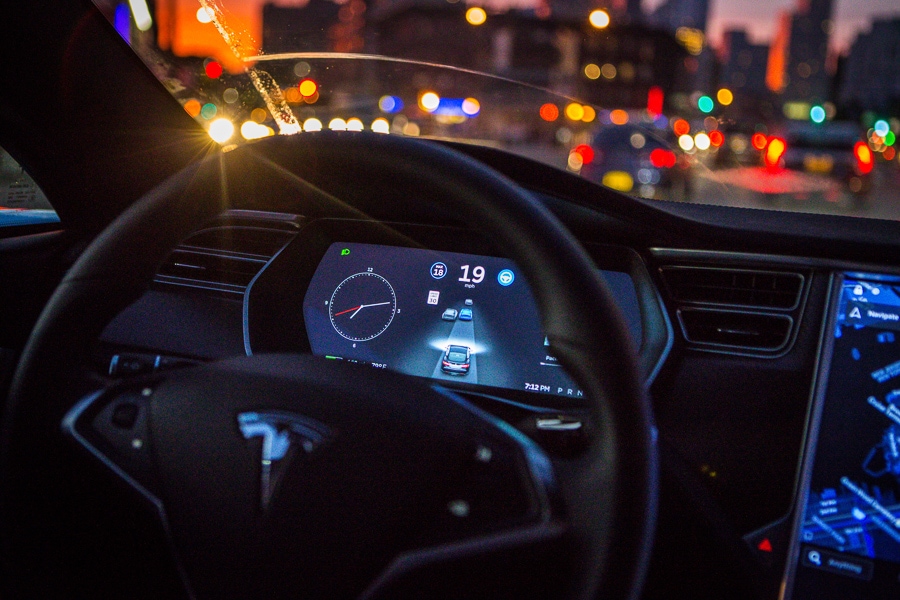
Tesla's autopilot technology faces fresh scrutiny
This renewed scrutiny arrives at a critical time for Tesla. After reaching a record high this year, its share price has fallen about 20% amid signs that the company's electric cars are losing market share to traditional automakers.
 A file photo showing Tesla's 2016 overhaul of the car's operating system, known as Tesla 8.0, where the biggest change was how Autopilot shifts towards a heavier reliance on its radar than its camera to guide the car through traffic.
A file photo showing Tesla's 2016 overhaul of the car's operating system, known as Tesla 8.0, where the biggest change was how Autopilot shifts towards a heavier reliance on its radar than its camera to guide the car through traffic.
Image: Christopher Goodney/Bloomberg via Getty Images
Tesla faced numerous questions about its Autopilot technology after a Florida driver was killed in 2016 when the system of sensors and cameras failed to see and brake for a tractor-trailer crossing a road.
Now the company is facing more scrutiny than it has in the past five years for Autopilot, which Tesla and its chief executive, Elon Musk, have long maintained makes its cars safer than other vehicles. Federal officials are looking into a series of recent accidents involving Teslas that either were using Autopilot or might have been using it.
The National Highway Traffic Safety Administration confirmed last week that it was investigating 23 such crashes. In one accident this month, a Tesla Model Y rear-ended a police car that had stopped on a highway near Lansing, Michigan. The driver, who was not seriously injured, had been using Autopilot, the police said.
In February in Detroit, under circumstances similar to the 2016 Florida accident, a Tesla drove beneath a tractor-trailer that was crossing the road, tearing the roof off the car. The driver and a passenger were seriously injured. Officials have not said whether the driver had turned on Autopilot.
NHTSA is also looking into a Feb. 27 crash near Houston in which a Tesla ran into a stopped police vehicle on a highway. It is not clear if the driver was using Autopilot. The car did not appear to slow before the impact, the police said.
©2019 New York Times News Service




